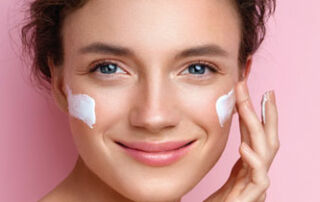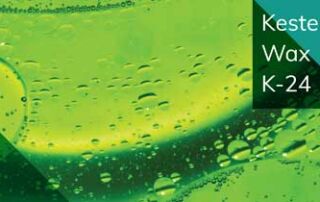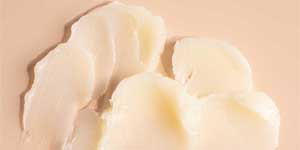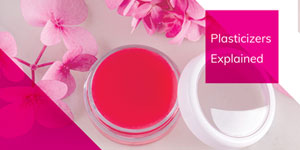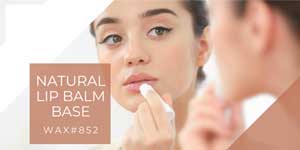SynKos M-1063
Download Brochure
SYNKOS M-1063
THE SCIENCE OF WAX, WITHOUT THE WEIGHT OF PETROLEUM
At Koster Keunen, we believe in evolving cosmetic wax technology through thoughtful innovation and responsible chemistry. SynKos™ M-1063 is our latest advancement in the SynKos series—engineered specifically to replace microcrystalline wax in personal care. Designed without petroleum, BHT, or PAHs, M-1063 delivers functional equivalency and comparable texture in standard formulations—without compromising performance.
Where traditional microcrystalline waxes are derived from fossil sources, SynKos M-1063 offers a cleaner, more sustainable option while meeting the technical demands of emulsions, lip products, and anhydrous systems
WHY CHOOSE SYNKOS™ M-1063?
SynKos Waxes are used as gelling agents, thickeners, viscosity modifiers, and barriers. They are also used to modify hardness, slip and melting point. These products have compatibility with all cosmetic systems, including the following: vegetable oils, esters, and low viscosity fluids like cyclomethicone and isododecane. Look for our gel data on the following cosmetic fluids to get the gel that is best for each system.
For brands removing petrochemical ingredients
For R&D teams needing microcrystalline-like behavior with a clean INCI
For companies focused on sustainability and safety without losing performance
Request A Sample
To request a wax sample please click HERE.
Request Information
To obtain further details on this program, use information in your marketing story, or ask other questions, email us HERE.
FORMULATION GUIDELINES
SynKos M-1063 is used as a thickener, viscosity modifier and barrier. It is compatible with all cosmetic systems, including vegetable oils, esters and low viscosity fluids like cyclomethicone and isododecane. In addition, SynKos M-1063 offers a non-petroleum INCI and chemistry pathway, delivering a high-performance alternative to microcrystalline wax for today’s more sustainable formulation goals.
REGULATORY
SynKos M-1063 was developed to meet the growing demand for globally compliant ingredients without sacrificing performance. Its regulatory profile provides formulators with confidence across international markets.
INCI Name: Synthetic Wax
Manufactured: Watertown, Connecticut, USA
Does Not Contain: BHT, PAHs, or Heavy Metals
REACH-compliant, polymer-exempt
Not classified as a mineral hydrocarbon
PRODUCT BENEFITS
Functional Match for Microcrystalline Wax
Similar hardness, texture, and sensory profile in emulsions, anhydrous formulas, and color cosmetics.
Clean Formulation Advantage
Free from petroleum, PAHs, BHT, and heavy metals—ideal for clean beauty and global regulatory compliance.
Flexible Chemistry
Not a structuring wax—acts as a waxy emollient and rheology modifier. Can be blended with other waxes to fine-tune formula properties.
Made in the USA
Responsibly manufactured in Watertown, Connecticut, under stringent quality control.
Formulators report virtually no measurable or textural differences.
SynKos M-1063 may be used as a direct substitute in many formulas.
PERFORMANCE COMPARISON
SynKos M-1063 has been tested as a direct one-to-one replacement for microcrystalline wax* in a variety of personal care formulations. In both existing systems and newly developed formulas, full substitution with M-1063 resulted in stable, high-performing products. The chart below highlights the minor differences observed, with comparable texture and functionality across all […]

